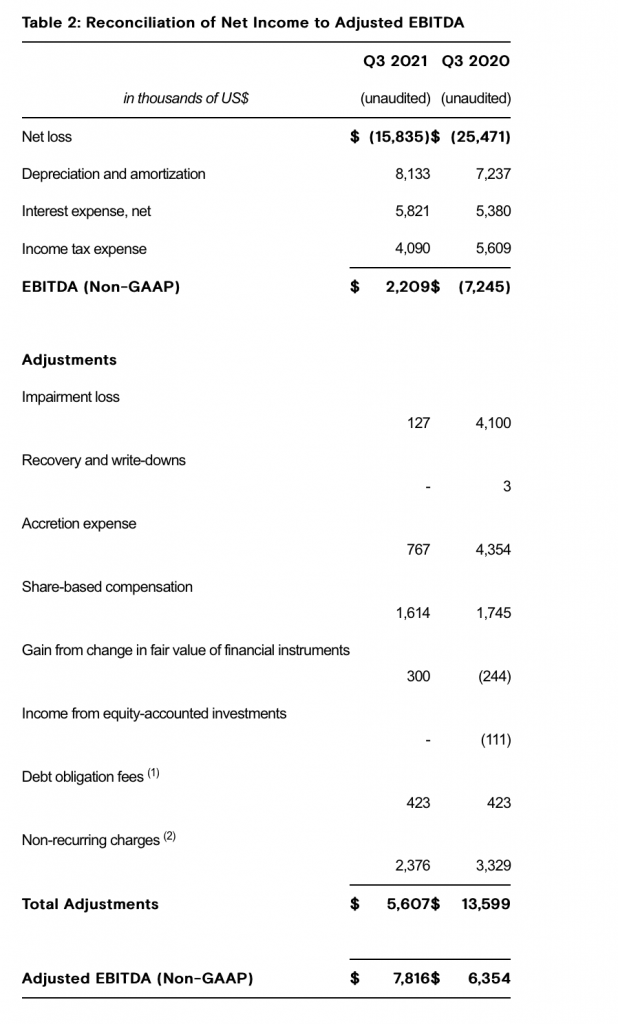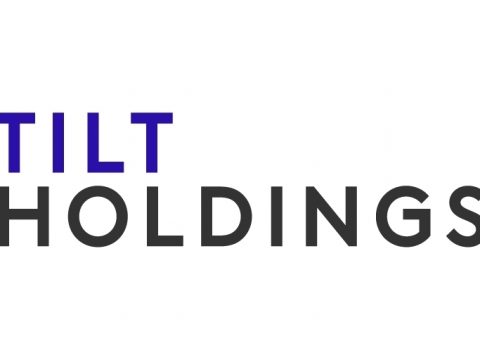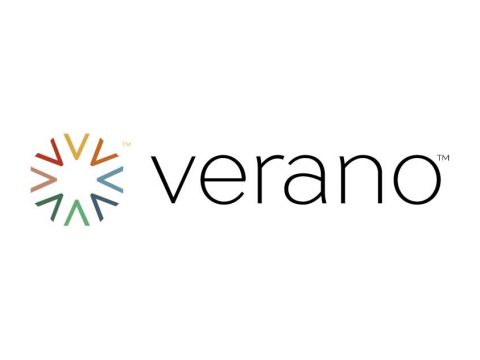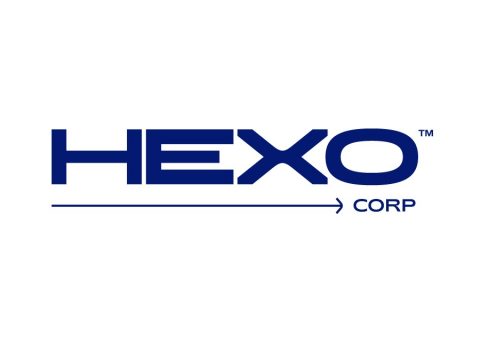iAnthus Capital Holdings, Inc. (“iAnthus” or the “Company”) (CSE: IAN) (OTCPK: ITHUF), which owns, operates, and partners with regulated cannabis operations across the United States, today reported its financial results for the three months and nine months ended September 30, 2021. The Company’s Quarterly Report on Form 10-Q, which includes its unaudited interim condensed consolidated financial statements for the three months and nine months ended September 30, 2021 and the related management’s discussion and analysis of financial condition and results of operations, can be accessed on the Securities and Exchange Commission’s (“SEC”) website at www.sec.gov, the Company’s SEDAR profile at www.sedar.com, and on the Company’s website at www.iAnthus.com. The Company became a U.S. reporting company effective February 5, 2021. As such, the Company’s financial statements are reported in accordance with U.S. Generally Accepted Accounting Principles (“GAAP”). All currency is expressed in U.S. dollars.
Third Quarter 2021 Financial Highlights
- Revenue of $49.3 million, up 21% from the same quarter in the prior year.
- Gross Profit of $26.1 million, up 4% from the same quarter in the prior year.
- Gross Margin of 52.9%, reflecting a decrease of 8.9% from 61.8% in the same quarter in the prior year.
- Net loss of $15.8 million, or a loss of $0.09 per share, compared to a net loss of $25.5 million, or a loss of $0.15 per share, in the same quarter in the prior year.
- Adjusted EBITDA(3) of $7.8 million, up from $6.4 million from the same quarter in the prior year. EBITDA and Adjusted EBITDA are non-GAAP measures. Reconciliation tables to GAAP of EBITDA and Adjusted EBITDA as used in this news release are included below.
- Due to liquidity constraints experienced by the Company, the Company did not make applicable interest payments due on its 13% senior secured convertible debentures (“Secured Notes”) and its 8% convertible unsecured debentures (“Unsecured Debentures”) due during 2020. As previously disclosed, the non-payment of interest in March 2020 triggered an event of default with respect to these components of the Company’s long-term debt, which, as of September 30, 2021, consisted of principal amounts at face value of $97.5 million and $60.0 million, and accrued interest of $26.9 million and $8.4 million, on the Secured Notes and Unsecured Debentures, respectively. In addition, as a result of the default, as of September 30, 2021, the Company has accrued additional fees and interest of $15.0 million (“Exit Fees”) in excess of the aforementioned amounts that are further detailed in the Company’s financial statements.
- As disclosed in the Company’s filings with the applicable Canadian securities regulators and the SEC, the Company entered into a restructuring support agreement dated July 10, 2020 (the “Restructuring Support Agreement”) with the holders of its Secured Notes (the “Secured Lenders”) and a majority of the holders of its Unsecured Debentures (the “Consenting Unsecured Debentureholders”) to effectuate a proposed recapitalization transaction (the “Recapitalization Transaction”) to be implemented by way of a court-approved plan of arrangement (“Plan of Arrangement”) under the Business Corporations Act(British Columbia). Pursuant to the terms of the Recapitalization Transaction and subject to the closing thereof, the Company is required to issue an aggregate of 6,072,579,699 common shares upon the extinguishment of (i) $22.5 million of Secured Notes (including the Exit Fees) plus interest accrued thereon, (ii) $40.0 million of Unsecured Debentures plus interest accrued thereon, and (iii) interest accrued above the principal amount of $14.7 million of the interim financing provided by the Secured Lenders. The Recapitalization Transaction remains subject to the receipt of all necessary regulatory approvals and approval by the Canadian Securities Exchange. In addition, as disclosed in the Company’s news release dated November 4, 2021, the regulatory approvals by state-level regulators in Massachusetts, New York and Maryland1 necessary to close the Recapitalization Transaction remain outstanding. The financial highlights herein do not give effect to the consummation of the Recapitalization Transaction.


(1) | Reflects accrued interest on the Exit Fees. |
| (2) | Includes one-time, non-recurring costs related to the Company’s Recapitalization Transaction, Strategic Review Process, and other non-recurring costs associated with becoming a U.S. reporting company. |
| (3) | See “Non-GAAP Financial Information” below for more information regarding the Company’s use of non-GAAP financial measures. |
Update on U.S. Class Action Complaint and Complaint Filed by Hi-Med, LLC
On September 1, 2021, iAnthus announced the dismissal of the previously disclosed consolidated actions (the “Consolidated U.S. Actions”) in the United States District Court for the Southern District of New York (the “Court”). The Consolidated Actions include: (a) various shareholder class action claims filed against, among others, iAnthus and certain of its current and former officers and directors, alleging violations of U.S. securities laws; and (b) a complaint filed by Hi-Med, LLC, a holder of an unsecured debenture in the principal amount of US $5 million (the “Unsecured Debenture”) against iAnthus and certain of its current and former officers and directors alleging violations of U.S. securities laws and breaches of the Unsecured Debenture and the related Debenture Purchase Agreement.
Pursuant to the Court’s memorandum of opinion dated August 30, 2021, the plaintiffs were granted the right to move for leave to file proposed second amended complaints by September 30, 2021. Each plaintiff moved for leave to file second amended complaints, and the Court granted the plaintiffs’ motions for leave to file second amended complaints. iAnthus will continue to vigorously defend its interests in court.
A copy of the Restructuring Support Agreement and the amendment thereto are available under the Company’s SEDAR profile at www.sedar.com and were filed on July 20, 2020 and June 21, 2021, respectively, and on the SEC’s website at www.sec.gov.
Non-GAAP Financial Information
This release includes certain non-GAAP financial measures as defined by the SEC. Reconciliations of these non-GAAP financial measures to the most directly comparable financial measures calculated and presented in accordance with GAAP are included in the tables above. This information should be considered as supplemental in nature and not as a substitute for, or superior to, any measure of performance prepared in accordance with GAAP.
In evaluating our business, we consider and use EBITDA as a supplemental measure of operating performance. We define EBITDA as earnings before interest, taxes, depreciation and amortization. We present EBITDA because we believe it is frequently used by securities analysts, investors and other interested parties as a measure of financial performance. We define Adjusted EBITDA as EBITDA before stock-based compensation, accretion expense, write-downs and impairments, gains and losses from changes in fair values of financial instruments, income or losses from equity-accounted investments, changes in accounting policy, non-recurring costs related to the Company’s Recapitalization Transaction, and litigation costs related to ongoing legal proceedings.
The terms EBITDA and Adjusted EBITDA are not defined under GAAP, and are not a measure of operating income, operating performance or liquidity presented in accordance with GAAP. EBITDA and Adjusted EBITDA have limitations as an analytical tool, and when assessing the Company’s operating performance, investors should not consider EBITDA or Adjusted EBITDA in isolation, or as a substitute for net income (loss) or other consolidated income statement data prepared in accordance with GAAP. Among other things, EBITDA and Adjusted EBITDA do not reflect the Company’s actual cash expenditures. Other companies may calculate similar measures differently than us, limiting their usefulness as comparative tools. We compensate for these limitations by relying on GAAP results and using EBITDA and Adjusted EBITDA only as supplemental.




